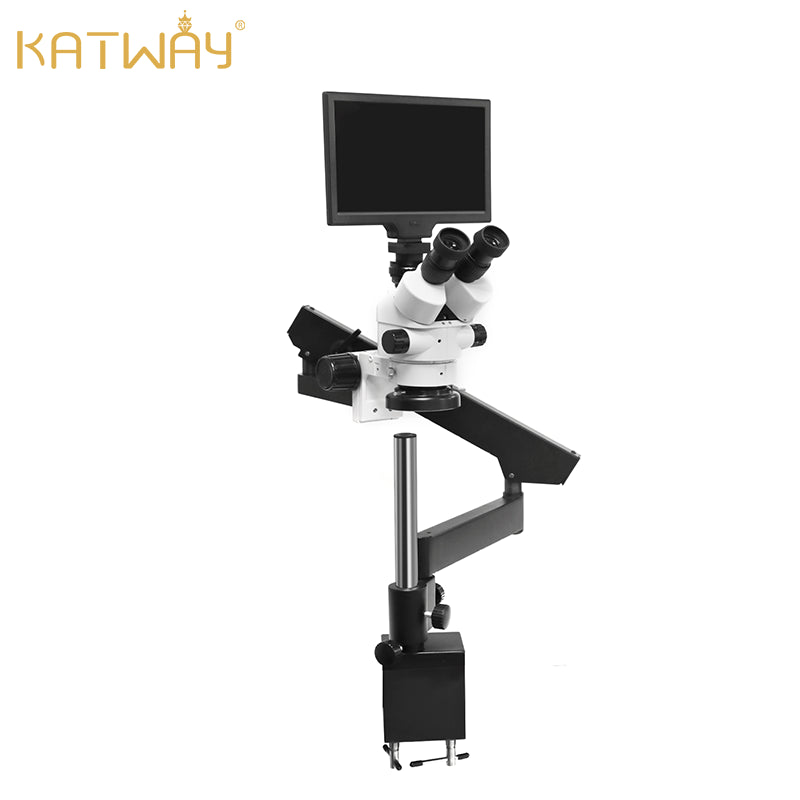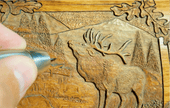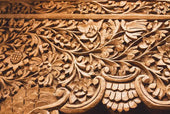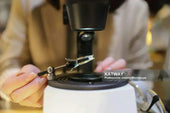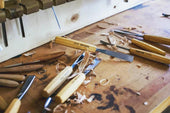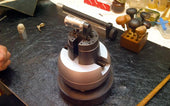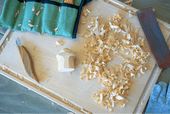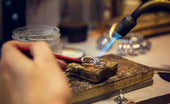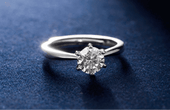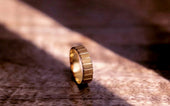About Jewelry Appraisal, You Need to Use the Tool - Gemstone Microscope

In recent years, with the number of gemstone enthusiasts collection become more and more, the gemstone market has once again entered a booming development. However, the variety of gemstones on the market is really confusing to consumers. For those inexperienced consumers, they basically rely on color to make a simple distinction. However, for stones that can not be distinguished by color, this method is not convincing relatively. Then,the gemstone microscope can help us solve some problems. So, how should a gemstone microscope be used in order to help us to the maximum extent?
Ⅰ.what is a jewelry microscope?
A jewelry microscope is an essential jewelry testing instrument for jewelry connoisseurs, and it can be used in a variety of ways.It allows jewelry experts to clearly observe the surface characteristics of gemstones as well as their inclusions, thus helping them to distinguish between synthetic, natural and imitation gemstones.
Gemological microscopes include monocular microscopes, binocular microscopes, and binocular stereo microscopes. The most widely used is the vertical binocular stereo continuous zoom microscope, which has a magnification range of 10x to 70x and also allows for continuous zoom. The components of this type of microscope can be roughly divided into five parts, including the light source system, microscope stand, objective lens, binocular eyepiece, and the zoom. There are also microscopes that contain a display screen that helps jewelry experts to understand and analyze the details of the gemstone in greater detail.
Ⅱ.the main purpose of the microscope

1. Observing the external characteristics of gemstones
Although it is possible to observe part of the surface features of a gemstone with the naked eye, this is something that requires a lot of experience for gemologists, not to mention the ordinary consumer. With a gemstone microscope, details such as scuffs, scratches and dents on the surface of a gemstone can be clearly observed. In addition, there is the fineness of the gemstone's cutting process, whether the facets are aligned, and what is the quality of polishing. By analyzing these dimensions, we can have a general judgment on the quality of the gemstone.
2. Detecting the internal characteristics of gemstones
In order to have a more detailed knowledge of gemstones, it is necessary to analyze the internal characteristics of gemstones. The internal characteristics of a gemstone generally include the following dimensions: the growth pattern of the gemstone, the distribution of the color bands of the gemstone, the composition of the gemstone's inclusions, and so on. The main purpose of this analysis is to differentiate between gems that are naturally grown and those that have been synthesized at a later stage.
3. Measuring the approximate refractive index
The approximate refractive index of a gemstone is mainly for those finished stones that have been carved, so how do you measure the refractive index of a raw jewelry stone that has not been carved? The approximate refractive index of a gemstone can be measured by immersing it in a special liquid and placing it under a microscope for observation. The main methods used include the direct measurement method, the Platonic method and other methods.
4. Observation of Absorption Spectra
The spectral characteristics of a gemstone can be obtained by replacing the objective lens on the original microscope with a spectroscope and then selecting a base light source to illuminate the gemstone.
5. Checking the interferogram of a gemstone
To check the interferogram of a gemstone, take out two polarizers, place them orthogonally, and illuminate the gemstone with convergent light. If the interferogram does not appear after a while, the gemstone to be observed can be completely submerged in a liquid with a refractive index similar to that of the stone itself, and then held in a jeweler's clip designed to hold the stone in place, and then observed.
6. Microphotography
If necessary, you can connect the CCD camera and the third eyepiece of the microscope, so that you can directly record the image of the observation process, which is convenient for further analysis.
Ⅲ the operation of the gemstone microscope
- Wipe both the eyepiece and the gemstone to be tested clean, and then clip the gemstone onto the gemstone tweezers. ,,
- Turn on the power of the microscope, and then press the switch of the bottom light source, here you need to choose the dark field light source, and finally the eyepiece is adjusted to the appropriate distance according to their own needs.
- Adjust the focal length of the microscope to the appropriate magnification, here refers to be able to see the gemstone clear imaging, here in order to observe the external characteristics of the gemstone as well as the internal characteristics of the two light sources need to be switched. Use the top light source to observe the surface features of the gemstone, and then choose the dark field or bright field to observe the internal features of the gemstone according to its own characteristics.
- Next, adjust the zoom knob to find the part of the gemstone that needs to be observed with the low magnification lens, and then use the high magnification lens to observe the local details of the gemstone.
- After the end of the observation, the gem from the gem tweezers down, and then the gem microscope barrel down to the lowest place, and finally disconnect the power supply, the gem microscope accessories can be stored.
Ⅳ.Precautions for the use of gemstone microscope
In fact, there is no big difference between gemstone microscope and other microscopes. Therefore, the matters needing attention are actually similar. The main points include the following.
- Like ordinary microscopes, gemstone microscopes as precision instruments need to be operated carefully in the process of using, not too hard.
- Don't touch the lens directly with your hands, if you need to clean the lens barrel, you need to gently wipe it with a special cleaning cloth.
- Adjust the zoom knob with both hands, do not operate with one hand.
- When not using the microscope, you need to cut off the power supply.
View more related articles
The Importance of Hand Engraving and the Reason We Employ It
The Methods for Hand Engraving Metal
Guide for Novices: Operating a Pneumatic Engraver




